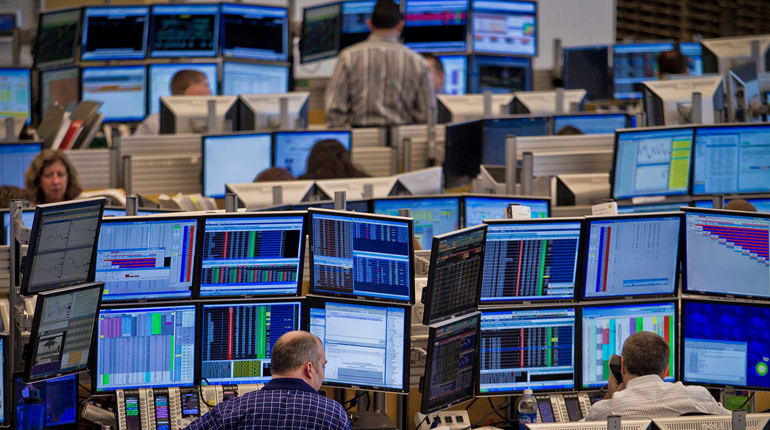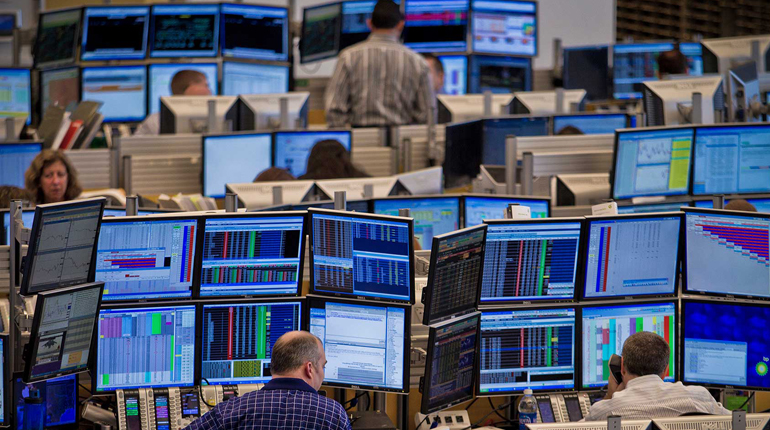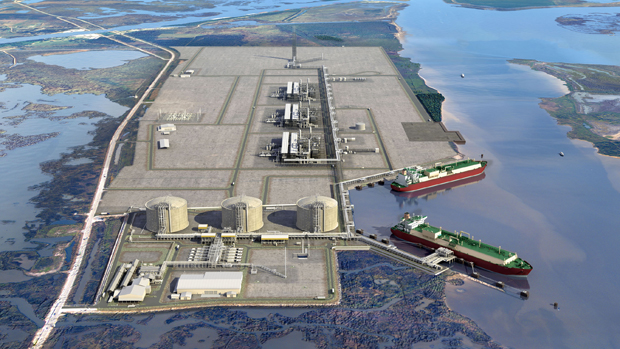Highlights
- Nuclear re-starts are underway in Japan
- Annual demand growth in Northeast Asia and Australia will be less than 1% over the first nine months of the year
- LNG imports into Northeast Asia are falling year on year
- Spot LNG prices have recovered from troughs in July and are above $7/MMBtu
Economic overview
China’s renminbi has been devalued and the stock market continues to tumble.
Beijing repeatedly devalued the renminbi during the first half of August. The falls amount to less than a 4% drop in value against the dollar. Although the renminbi is still only allowed to trade within a 2% band around a daily midpoint, as this midpoint will be set according to the closing value of the previous day, it could move up to 10% in a week.
Significant falls in the Chinese stock market at the end of July were followed by more government measures to try to shore up China’s stock market. Beijing moved to stop short-selling by preventing traders from borrowing and repaying stocks within the same day. China’s wider economy is still at risk.
In its latest outlook, the Asian Development Bank (ADB) has lowered its forecasts for China’s GDP for 2015 and 2016 to 7% and 6.8% respectively. The financial sector had been supporting growth in recent months, but with the problems in the market looking unlikely to end soon, GDP growth is expected to suffer for the rest of the year. Weaker economic growth will affect China’s gas market, which is already seeing much slower expansion than realised in the last few years.
Asia Pacific GDP outlook
| 2014 | 2015 (old) | 2015 (new) | 2016 (old) | 2016 (new) | |
| China | 7.4 | 7.2 | 7.0 | 7.0 | 6.8 |
| South Korea | 3.3 | 3.5 | 3.0 | 3.7 | 3.5 |
| Japan | -0.1 | 1.1 | 1.1 | 1.7 | 1.7 |
| Taiwan | 3.8 | 3.7 | 3.4 | 3.6 | 3.6 |
| India | 7.3 | 7.8 | 7.8 | 8.2 | 8.2 |
| Indonesia | 5.0 | 5.5 | 5.0 | 6.0 | 5.6 |
| Malaysia | 6.0 | 4.7 | 4.7 | 5.0 | 5.0 |
The ADB’s economic outlook for this year and next has also been revised downwards elsewhere in Asia. South Korea, Taiwan and Indonesia all have reduced forecasts for growth. South Korea’s GDP is expected to grow by 3% in 2015 and 3.5% in 2016. This is down from 3.5% for 2015 and 3.7% in 2016 in the previous forecast. Weak exports and the impact of Middle East Respiratory Syndrome are contributing factors to the country’s weaker-than-anticipated performance so far this year. South Korea’s gas demand is expected to continue to decline for the rest of the year, and prospects for lower economic growth will do little to support the gas market in 2016.
In Indonesia, lower oil and gas prices and their impact on export revenues are among the reasons for the country’s worsened economic outlook. GDP growth for 2015 has been revised downwards to 5% from 5.5%, while for 2016 the figure as fallen to 5.6% from 6%.



